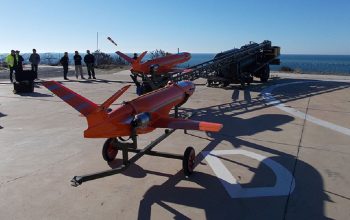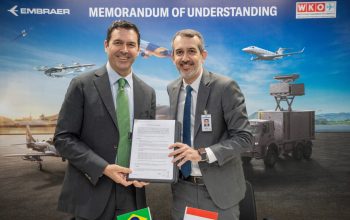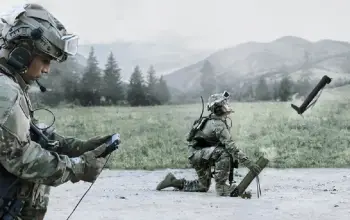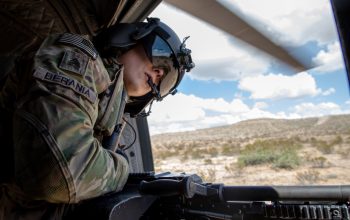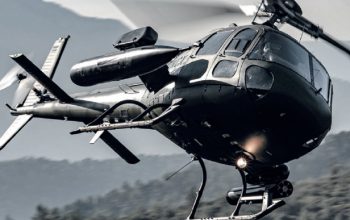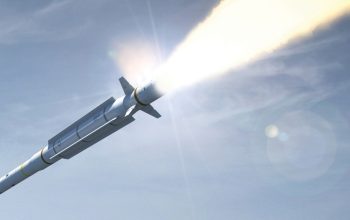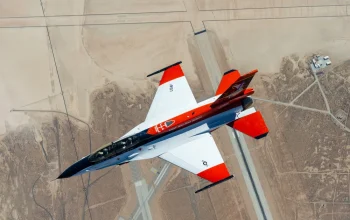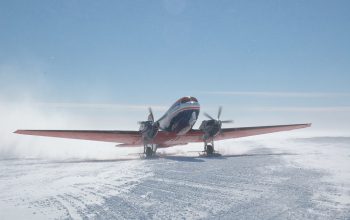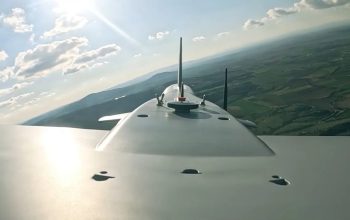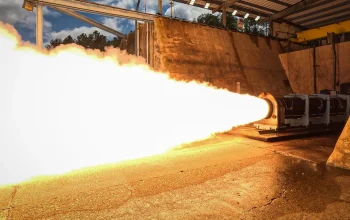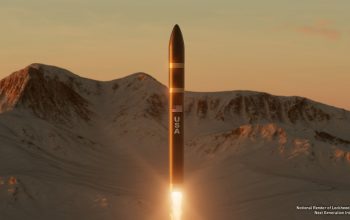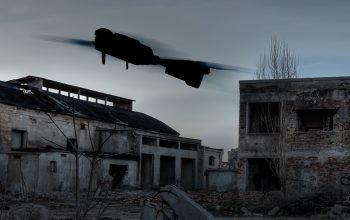The 43rd Grupo (Group) Firefighting Squadron of the Spanish Air Force commissioned in 1971 when the first Canadair CL-215 arrived in the country. During four decades and 150,000 flight hours, the Squadron has suffered 9 fatal accidents, with a total of 15 casualties and the loss of 25% of its fleet. Aerial firefighting is the use of aircraft and other aerial resources to combat wildfires. The types of aircraft used include fixed-wing aircraft and helicopters. Water bombers or Airtankers are fixed-wing aircraft fitted with tanks that can be filled on the ground at an air tanker base or, in the case of flying boats and amphibious aircraft, by skimming water from lakes, reservoirs, or large rivers without needing to land.
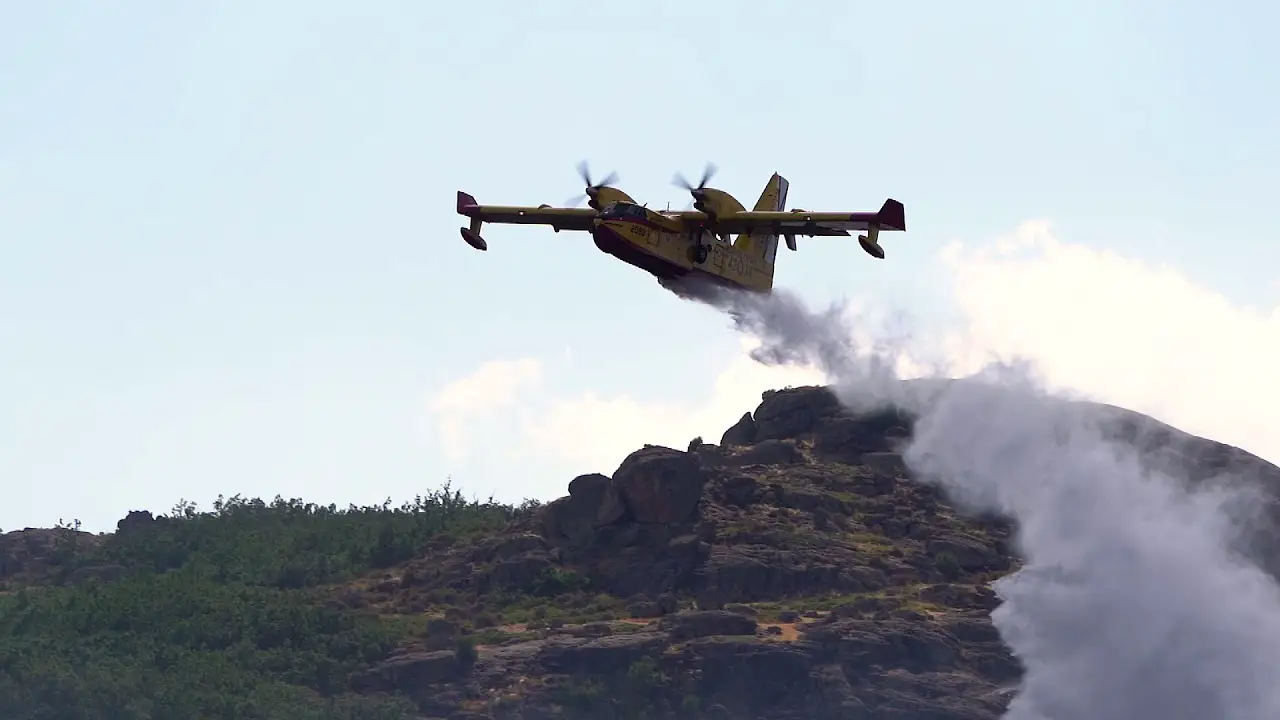
The 43 Group has 14 Bombardier CL-215T and 3 CL-415 . Similar in configuration to the World War II–era Consolidated PBY Catalina, CL-215 and its derivative the CL-415 are designed and built specifically for firefighting. The Canadair CL-215 (Scooper) is the first model in a series of flying boat amphibious aircraft designed and built by Canadian aircraft manufacturer Canadair, and later produced by Bombardier. It is one of only a handful of large amphibious aircraft to have been produced in large numbers during the post-war era. While production of the CL-215 was terminated during 1990, this was due to the imminent introduction of an improved variant of the aircraft, which was designated as the CL-415.
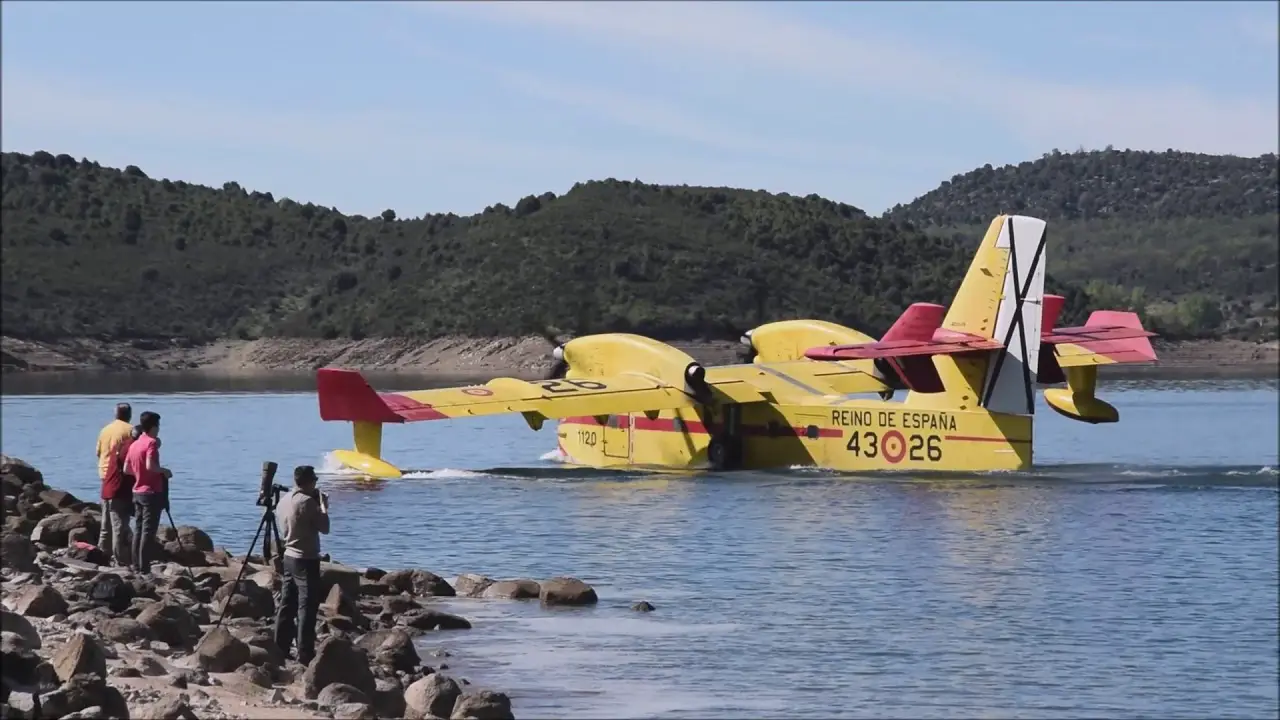
The Canadair CL-415 (Superscooper, later Bombardier 415) is an amphibious water bombers aircraft built originally by Canadair and subsequently by Bombardier and Viking Aircraft. It is designed specifically for aerial firefighting; search and rescue and utility transport. Development of the CL-415 commenced in the early 1990s, shortly after the success of the CL-215T retrofit programme had proven a viable demand for a turboprop-powered model of the original CL-215. Entering production in 2003, in addition to its new engines, the aircraft featured numerous modernisation efforts and advances over the CL-215, particularly in terms of its cockpit and aerodynamics, to yield improved performance.

Compared to the CL-215, the CL-415 has increased operating weight and speed, yielding improved productivity and performance. Due to the increased power of its pair of Pratt & Whitney Canada PW123AF turboprop engines, each capable of generating up to 1,775kw of thrust, these are located closer to the fuselage in comparison to the CL-215’s arrangement. The CL-415 can scoop up to 6,140 l (1,350 imp gal; 1,620 US gal) of water from a nearby water source, mix it with a chemical foam if desired, and drop it on a fire without having to return to base to refill its tanks. The CL-415 was specifically developed to provide the capability to deliver large quantities of suppressant in quick response to fires.


